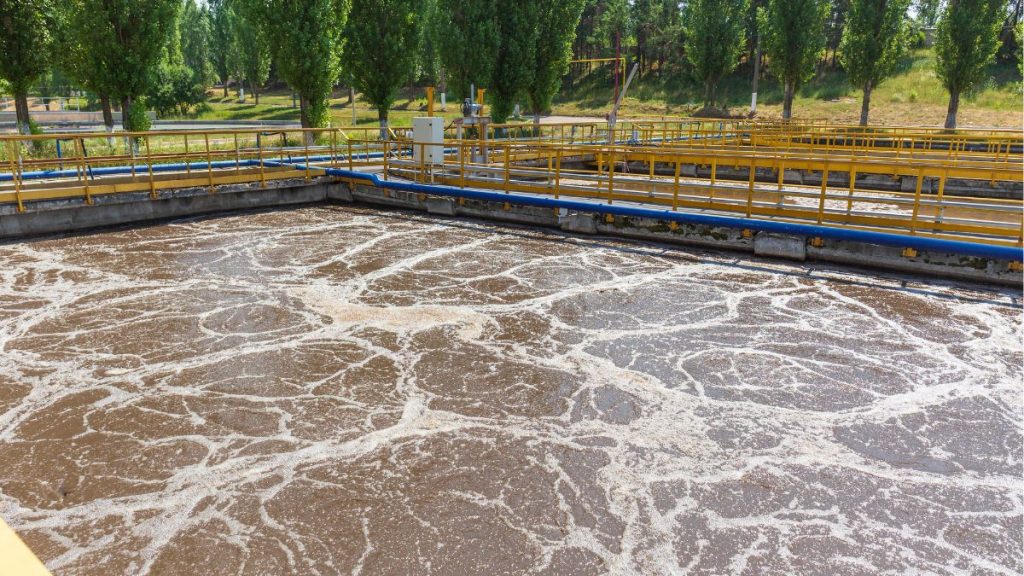Anaerobic wastewater treatment is a wastewater treatment technology that is gaining popularity due to its efficiency in reducing pollution while generating renewable energy. This technology is particularly suitable for industrial waste with a high organic content, such as in the food and beverage, livestock, and agricultural processing industries.
What is Anaerobic Wastewater Treatment?
Simply put, anaerobic wastewater treatment is a wastewater treatment process carried out by microorganisms in the absence of oxygen (anaerobic). Unlike aerobic systems, which require a constant oxygen supply, anaerobic systems operate efficiently in a closed environment without oxygen and instead produce methane gas (biogas) as a byproduct that can be used as an energy source.
This method is highly effective for treating liquid waste with a high organic content (high-strength wastewater), and is particularly suitable for industries such as:
- Food and beverage industry
- Livestock and slaughterhouses
- Paper and pulp industry
- Ethanol or biofuel industry
- Large-scale municipal wastewater treatment plants
In addition to reducing pollutant loads, this system also provides the added benefit of reducing sludge and utilizing methane gas for energy needs in industrial facilities.
How Does Anaerobic Wastewater Treatment Work?
In general, the anaerobic wastewater treatment process works through the biological activity of microorganisms that degrade organic matter in waste. This process occurs gradually in a closed reactor (digester) in the absence of oxygen.
During treatment, organic matter is broken down and converted into methane (CH₄) and carbon dioxide (CO₂). This methane gas is collected as biogas, which can be used for electricity generation or heating. The treated liquid waste can then proceed to the next stage of treatment or be reused according to quality standards.
Because it does not require aeration, this system is much more energy efficient than aerobic systems. On the other hand, the process remains effective in reducing pollutant loads (BOD and COD) and producing less sludge.
Read Also: Aerobic Wastewater Treatment for Clean Waste
Types of Anaerobic Wastewater Treatment Systems
There are several types of anaerobic systems commonly used in industrial wastewater treatment, including:
1. Anaerobic Lagoons
Large open ponds designed to retain wastewater for a specified period of time, allowing microorganisms to work naturally under anaerobic conditions. Although inexpensive and easy to operate, this system requires a large area and requires strict odor control.
2. Upflow Anaerobic Sludge Blanket (UASB)
One of the most popular anaerobic systems. Wastewater flows from the bottom up through a layer of activated sludge containing microorganisms. This system is efficient in producing biogas and has a smaller footprint.
3. Expanded Granular Sludge Bed (EGSB)
A development of UASB that allows faster water flow and creates better contact between waste and activated sludge. Ideal for waste with high organic content and low viscosity.
4. Anaerobic Membrane Bioreactors (AnMBR)
Combine anaerobic biological processes with membrane technology to increase filtration and waste treatment efficiency. Suitable for wastewater treatment that requires high-quality effluent.
Read Also: Aerobic Anaerobic Wastewater Treatment: Definition, Systems, and Comparison
Advantages of Anaerobic Wastewater Treatment
Compared to other wastewater treatment systems, anaerobic systems have several advantages that make them highly attractive for application in various industries:
- High Energy Efficiency: No aeration required, resulting in lower energy consumption.
- Biogas Production: Produces methane that can be reused as an energy source.
- Low Sludge Volume: Less sludge production, reducing sludge handling costs.
- Environmentally Friendly: Reduces carbon emissions and can support industrial sustainability initiatives.
- Stable Operation: Works optimally under high organic load conditions.
Lautan Air Indonesia’s Support in Anaerobic Wastewater Treatment
Implementing the right anaerobic wastewater treatment system is not just about technology, but also a thorough understanding of the waste characteristics and operational needs of each industry. This is where Lautan Air Indonesia comes to assist you.
With extensive experience in water and wastewater treatment, we provide tailored solutions, from the initial planning stage to sustainable system management.
Some forms of support we can provide include initial technical assistance, from feasibility studies to wastewater characteristic analysis, to ensure that the system is truly suited to your industrial process needs.
We also provide a variety of supporting chemical products, such as pH regulators, nutrients for microorganisms, and antifoaming agents, which play a crucial role in maintaining the stability of the wastewater treatment process. To ensure optimal system performance over the long term, we also provide operation and maintenance (O&M) services, including effluent quality monitoring and biogas production.
In addition, we offer training for your operational team to enable them to manage the system independently and efficiently, in line with your industry’s sustainability goals.
Want to implement anaerobic wastewater treatment in your facility? Contact Lautan Air Indonesia now for consultation and the best wastewater treatment solutions for your business!



